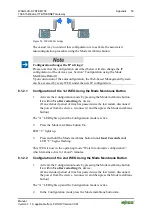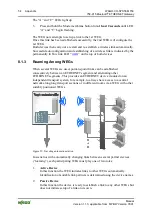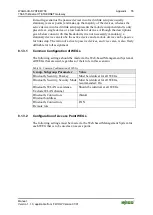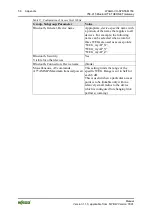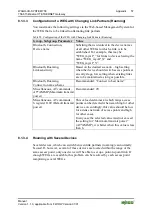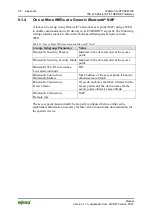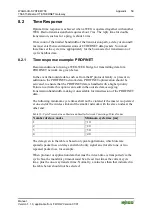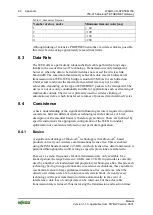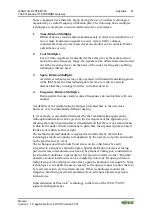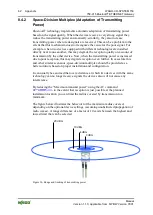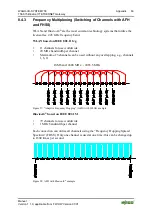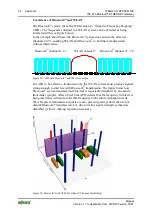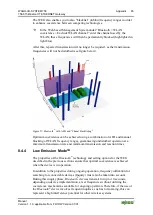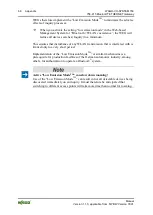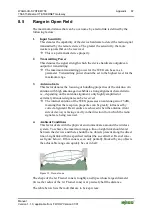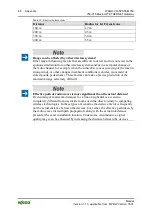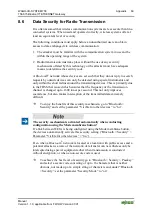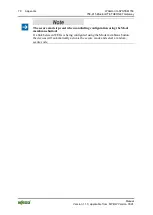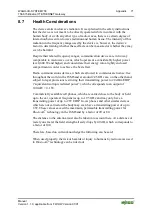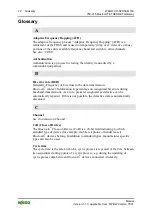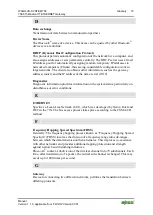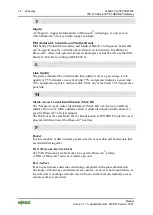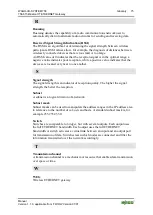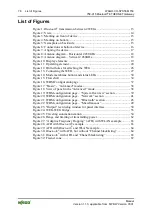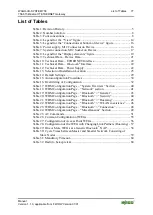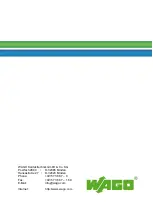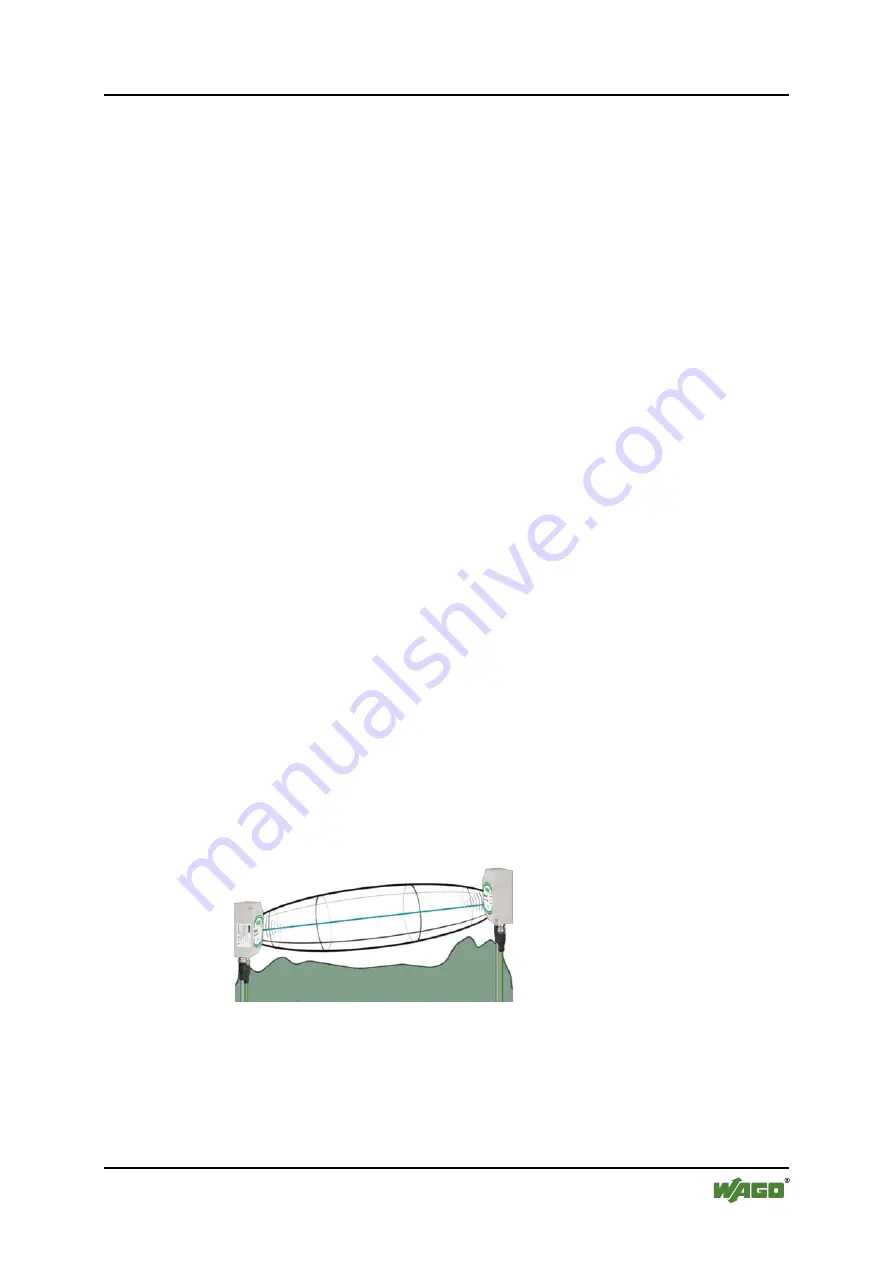
WAGO-I/O-SYSTEM 758
Appendix
67
758-915
Bluetooth
®
ETHERNET Gateway
Manual
Version 1.1.0, applicable from FW/HW Version 01/01
8.5
Range in Open Field
The maximum distance that can be overcome by a radio link is defined by the
following factors:
1.
Input Sensitivity
This denotes the capability of the device hardware to detect the radio signal
transmitted by the remote device. The greater the sensitivity, the more
weaker signals that can be received.
This is a permanent device property.
2.
Transmitting Power
This denotes the signal strength which the device hardware outputs/can
output for transmitting.
The maximum transmitting power for the WEG can be set as a
parameter. Transmitting power should be set to the highest level for the
maximum range.
3.
Antenna Gain
This factor denotes the focusing or bundling properties of the antenna. An
antenna with high antenna gain exhibits a strong alignment characteristic,
i.e., depending on the antenna alignment, only highly amplified or
extremely attenuated signals can be received.
The internal antenna of the WEG possesses an antenna gain of 5 dBi,
meaning that the reception properties can be greatly influenced by
correct alignment. Best results are achieved when the antenna (front
side of device) is facing exactly in the direction from which the radio
signals are being received.
4.
Ambient Conditions
This factor deals with the physical environment/area around the wireless
system. To achieve the maximum range a line-of-sight link should exist
between the devices and there should be no objects present along the direct
line-of-sight link within a specified radius (the so-called 1st Fresnel zone -
see figure below). If this zone is even only partially blocked by any objects
the achievable range can quickly be cut in half.
Figure 32: Fresnel zone
The shape of the 1st Fresnel zone is roughly an ellipse whose largest diameter
(twice the radius of the 1st Fresnel zone) is at precisely half the distance.
The table below lists the radii that are to be kept clear:

